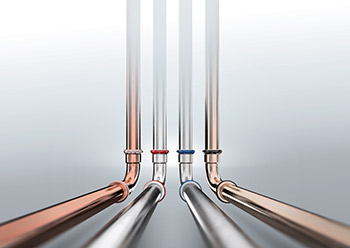
 A number of trees planted together in close proximity have the ability to cool the surrounding temperatures significantly.
A number of trees planted together in close proximity have the ability to cool the surrounding temperatures significantly.
Did you know that the net cooling effect of a healthy tree is equivalent to 10 room-size air conditioners operating 20 hours a day? For those of us who are only acquainted with the role of trees in producing oxygen, this might come as a surprise. However, many reputable research bodies have quantified the cooling effect of trees over the past few decades. In light of the global warming, it is important to reinforce the positive impact that trees can make.
The extraordinary cooling abilities of trees is particularly relevant in the Middle East as the region currently contends with the summer’s sweltering weather. While this cannot be achieved in one summer, we can definitely initiate the process and witness the many benefits down the road. To quote a famous Chinese proverb, the best time to plant a tree was 20 years ago; the second-best time is now. But the question remains: How do trees provide cooling, exactly?
By transpiration, a process by which plants/trees exhale water vapour through their leaves, stems, and flowers. Only a negligible amount of water is used by a tree for growth and metabolism, while nearly 99 per cent of it is exhaled through transpiration. The cooling effect is the result of hot air coming in contact with the water vapour. A number of trees planted together in close proximity can cool the surrounding temperatures significantly.
In addition to transpiration, trees also induce cooling by intercepting sunlight through their canopies of leaves and branches. So, the shaded area absorbs considerably less heat compared to the surface receiving direct sunlight. A lush tree canopy can intercept up to 90 per cent of the total sunlight that would otherwise impact the shaded area.
According to a reputable source, well-placed trees around a building/home can reduce the air-conditioning needs by up to 30 per cent.
So, what constitutes good placement? For starters, by analysing the relative position of the property with the movement of the sun throughout the day and year, one can arrive at a location where the benefits of a tree are maximised. The tree location must also factor in kerbs and paver positioning, as these surfaces can get hot under direct sunlight.
Most importantly, before planting a sapling, one must analyse how much space a fully-grown tree will occupy after it attains full growth. Providing adequate vacant space eliminates the future risks of overlap with the building structure. Forward-thinking designers also determine the type of tree that can cast the best shadow on the building besides ensuring that critical points such as windows receive maximum impact.
Multi-fold value of trees
The planting of trees also complements the surrounding garden. The shade ensures that the mulch in the garden doesn’t dry out soon. As a result, the garden plants will require less water to survive. The garden can also benefit from the humus layer formed through the decaying of fallen leaves and droppings from birds perched on the tree. Researchers have theorised that up to 25,000 creatures can live in a single tree. Therefore, a tree can facilitate symbiotic relationships that can positively impact the environment in many ways.
Within the context of the Middle East, a tree is also useful as a barrier against wind and dust storms. A group of strategically lined trees can cut the wind speed by more than half, thereby shielding the structures.
However, tree planting is generally considered unfeasible in the Middle East due to acute water scarcity and systemic challenges. Dake Rechsand has been challenging such notions through Breathable Sand, a medium that enables optimal tree growth with 80 per cent less water use. This sustainable solution is currently powering many tree-planting initiatives in the region.
In fact, in a comprehensive study conducted in the UAE, Poinciana trees planted at spacing intervals of 6 m were found to reduce temperatures by up to 0.90 degrees Celsius when the overall temperatures were averaging 42.64 degrees Celsius. The corresponding figures with Ghaf and Temple trees are equally promising. At this juncture, there is a pressing need to disseminate such findings and the multi-fold value associated with trees. The availability of empirical evidence and actionable solutions to address systemic challenges is making tree planting all the more feasible in the Middle East. So, now it’s not a matter of “if” but “when”.
* Dake Group is an environment-friendly, technology-focused organisation involved in agriculture, energy, commodity trading, IT and sustainable technologies. Dake Rechsand is its partnership with China-based Rechsand Technology Group. The company’s breakthrough breathable sand technology that transforms barren desert sand into high-yield, arable land – along with its signature IDER water-harvesting range – is empowering desert farming and water conservation. With a global presence that currently extends to the US, the UAE, India, China and South Africa, the company is making a positive impact on food and water security in water-stressed regions. This year, the company is launching a Carbon Sequestration programme of 50 million trees in the GCC region which includes forestation and food forests.














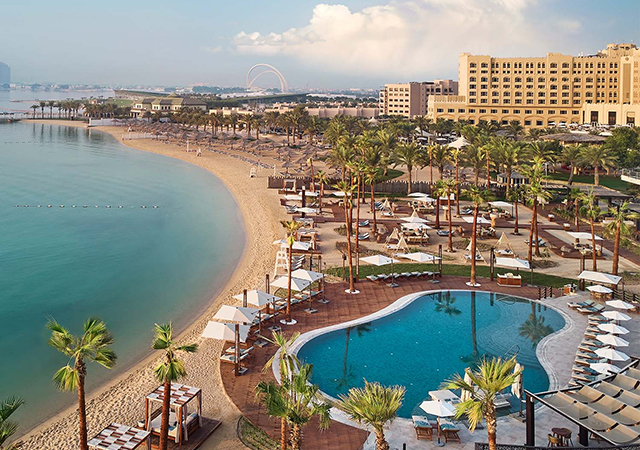

.jpg)












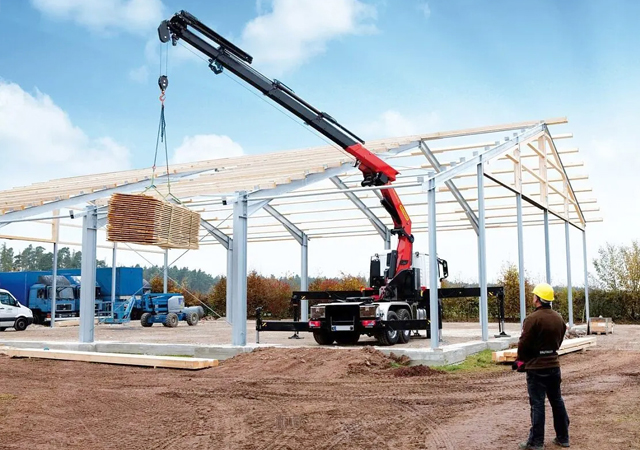





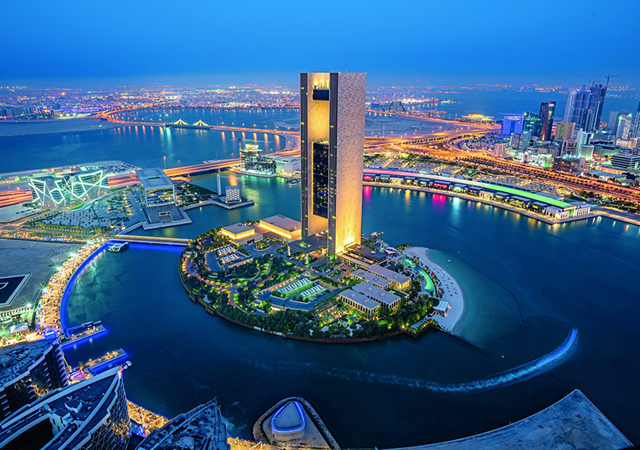





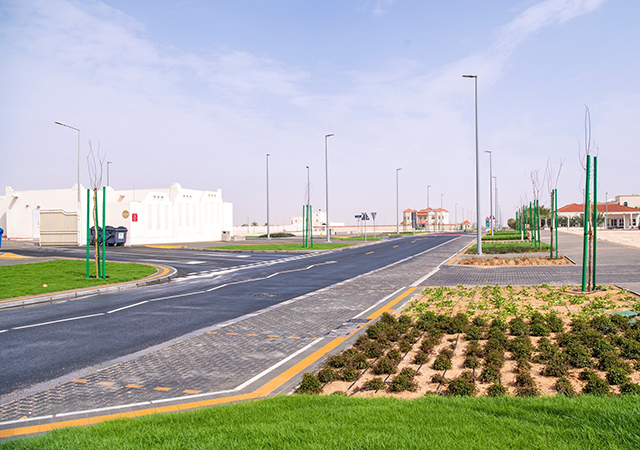




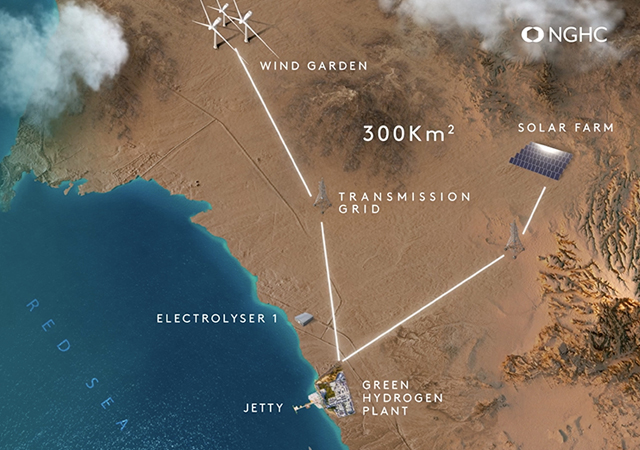

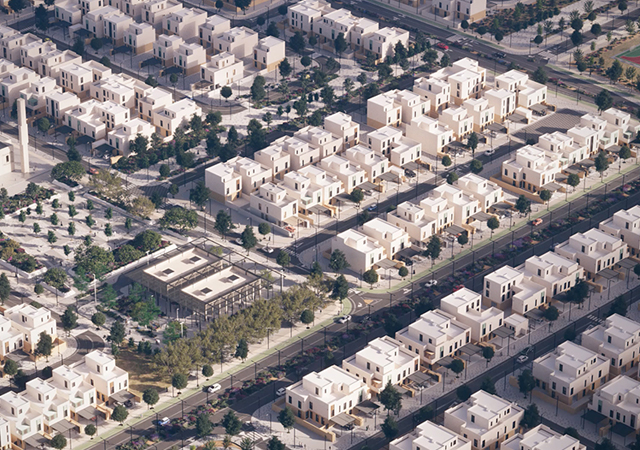


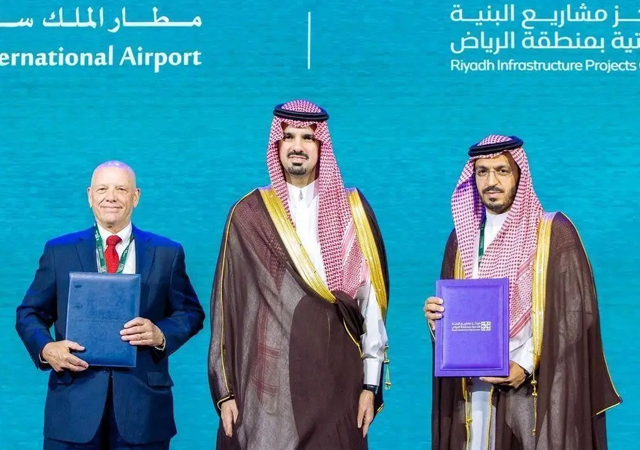






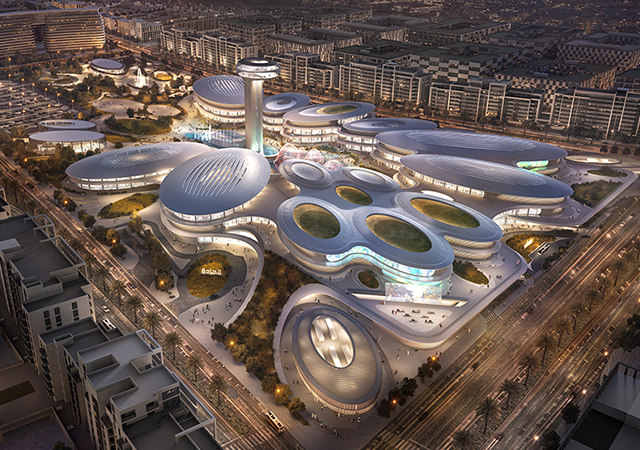



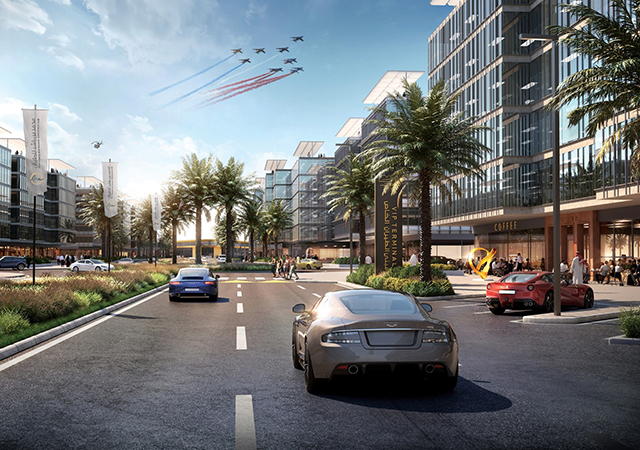
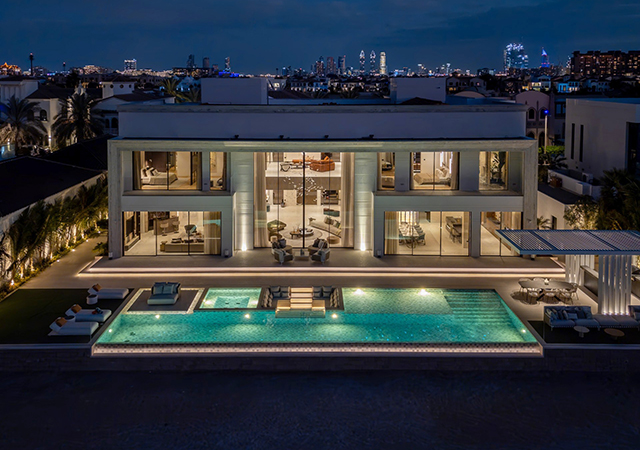

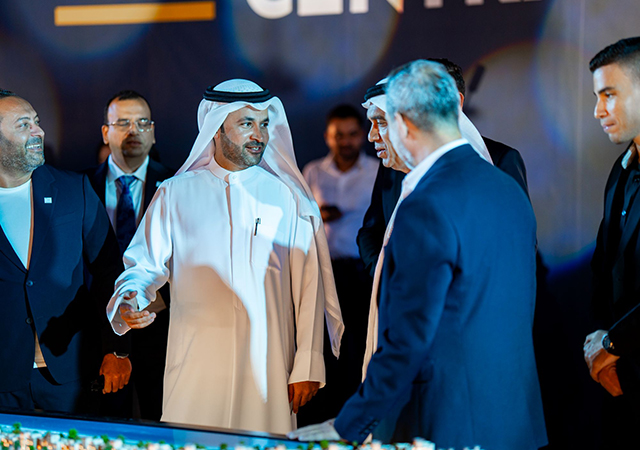



.jpg)




.jpg)







